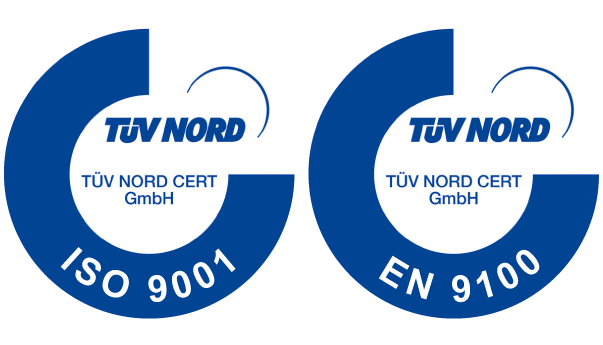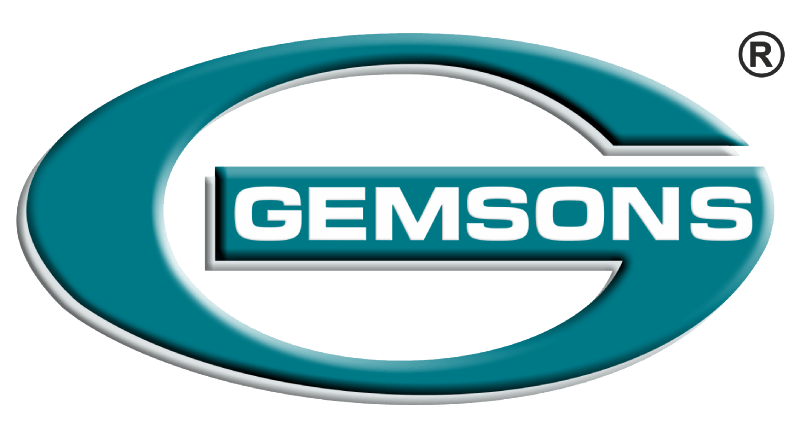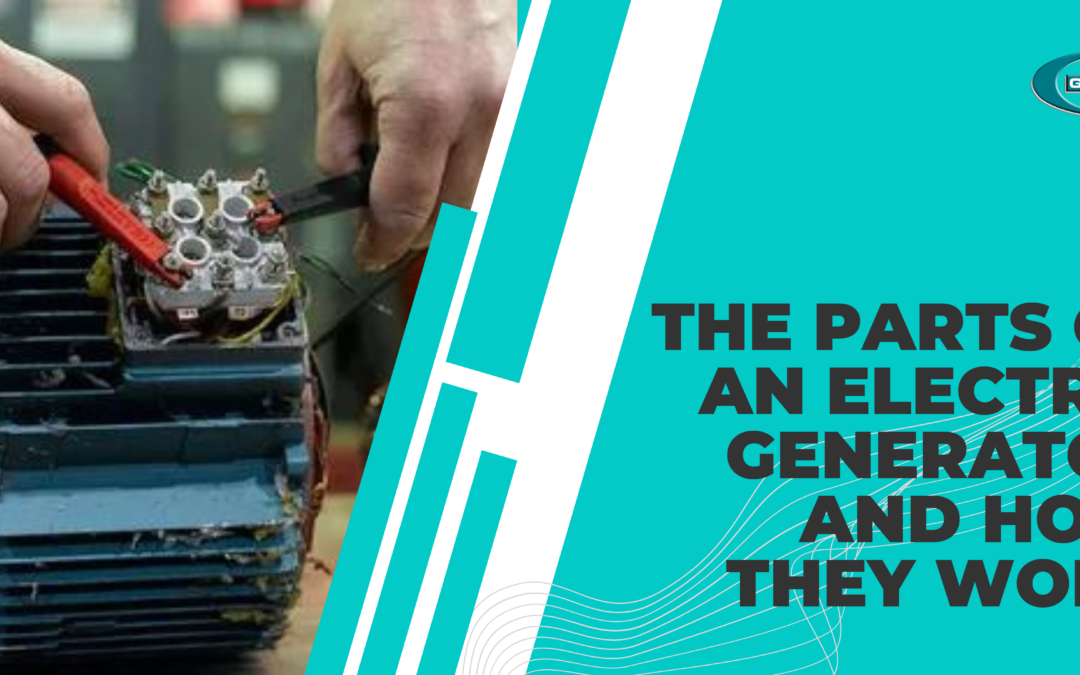Electric generators are essential for powering various appliances and machines. They generate electricity by converting mechanical energy into electrical energy. Understanding the components of an electric generator is essential to comprehend how they work. This article will discuss the parts of an electric generator and how they function.
How Does an Electric Generator Work?
Electric generators convert mechanical energy into electrical energy. They do this through a process called electromagnetic induction. The generator’s mechanical energy is converted into electrical energy when the conductor, usually a wire, moves through a magnetic field. The movement creates an electric current that flows through the wire.
Mechanical energy can come from various sources, such as steam turbines, internal combustion engines, water turbines, and wind turbines. Once the mechanical energy is generated, it powers the generator, which converts it into electrical energy.\
What Are the Parts of an Electric Generator?
An electric generator has several components that work together to produce electrical energy. Here are the essential parts of an electric generator:
- Rotor: The rotor is the rotating component of the generator. It consists of a shaft and a series of electromagnets that rotate around a stator. The rotor’s rotation creates a magnetic field, which induces an electric current in the stator.
- Stator: The stator is the stationary component of the generator. It consists of a series of conductive coils wound around an iron core. The stator’s coils are placed in a specific pattern to create a magnetic field when electricity passes through them.
- Exciter: The exciter provides the magnetic field required for the generator to operate. It is a small generator that produces a magnetic field to induce an electric current in the rotor.
- Prime Mover: The prime mover is the component that provides the mechanical energy needed to turn the rotor. It can be an engine, turbine, or any other device that can produce rotational energy.
- Voltage Regulator: The voltage regulator ensures that the generator’s output voltage remains constant, regardless of the load or speed. It does this by adjusting the exciter’s output to maintain a constant voltage output.
- Cooling System: Generators produce heat when they operate, and they need to be cooled to avoid overheating. The cooling system can be either air-cooled or water-cooled.
- Control Panel: The control panel houses the electrical components that manage the generator’s operation. It includes the voltage regulator, circuit breakers, and other control devices.
Finding the Right Electric Generator Parts from Gemsons Precision Engineering
Gemsons Precision Engineering is a leading manufacturer of precision-engineered components and parts for electric generators. They specialize in producing high-quality parts that meet the specific needs of their clients. Here are some of the electric generator parts that they offer:
- Stator Cores: Gemsons Precision Engineering produces stator cores that are made of high-quality magnetic steel. They are designed to minimize energy losses and provide a high level of efficiency.
- Rotor Shafts: The company produces rotor shafts that are strong, durable, and have excellent torsional rigidity. They are designed to withstand the high stresses generated during operation.
- Exciters: Gemsons Precision Engineering produces high-quality exciters that provide a reliable and consistent magnetic field. They are designed to work with a variety of generator sizes and types.
- Cooling Fans: The company produces cooling fans that are designed to provide effective cooling for generators. They are made of high-quality materials and are designed to withstand harsh environments.
Conclusion
Electric generators are essential for powering various machines and appliances. Understanding the parts of an electric generator is crucial to comprehend how they work. The rotor, stator, exciter, prime mover, voltage regulator, cooling system, and control panel are the essential components of an electric generator. Gemsons Precision Engineering is a leading manufacturer of high-quality electric generator parts, including stator cores, rotor shafts, exciters, cooling fans, and more. Their precision-engineered components are designed to meet the specific needs of their clients and provide reliable performance.
Faq’s
What are the essential parts of an electric generator?
The essential parts of an electric generator include the rotor, stator, exciter, prime mover, voltage regulator, cooling system, and control panel.
What is a prime mover in an electric generator?
The prime mover is the component that provides the mechanical energy needed to turn the rotor. It can be an engine, turbine, or any other device that can produce rotational energy.
Why is a cooling system necessary for an electric generator?
Generators produce heat when they operate, and they need to be cooled to avoid overheating. The cooling system can be either air-cooled or water-cooled.
Where can I find high-quality electric generator parts?
Gemsons Precision Engineering is a leading manufacturer of precision-engineered components and parts for electric generators. They specialize in producing high-quality parts that meet the specific needs of their clients.



Recent Comments